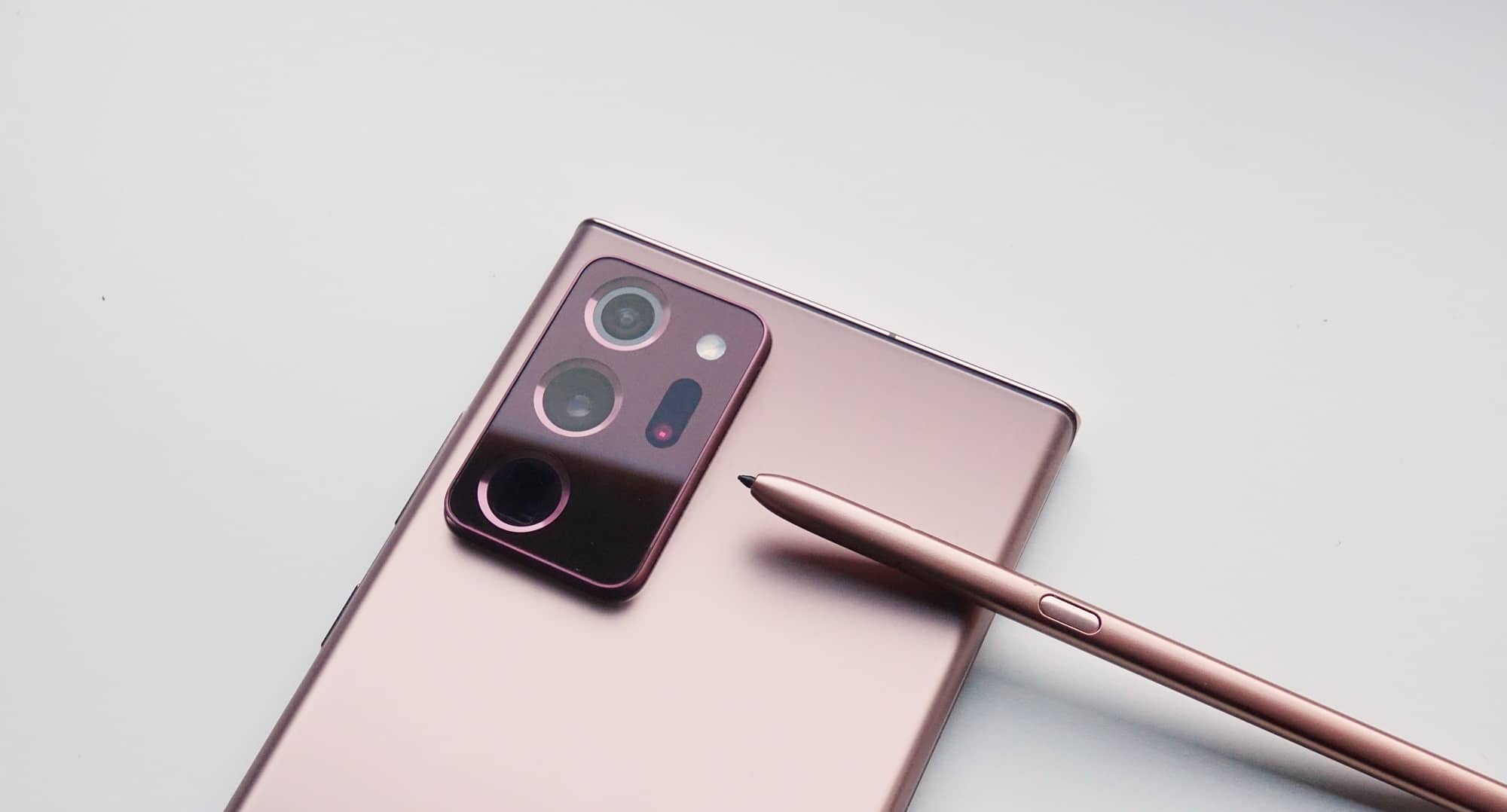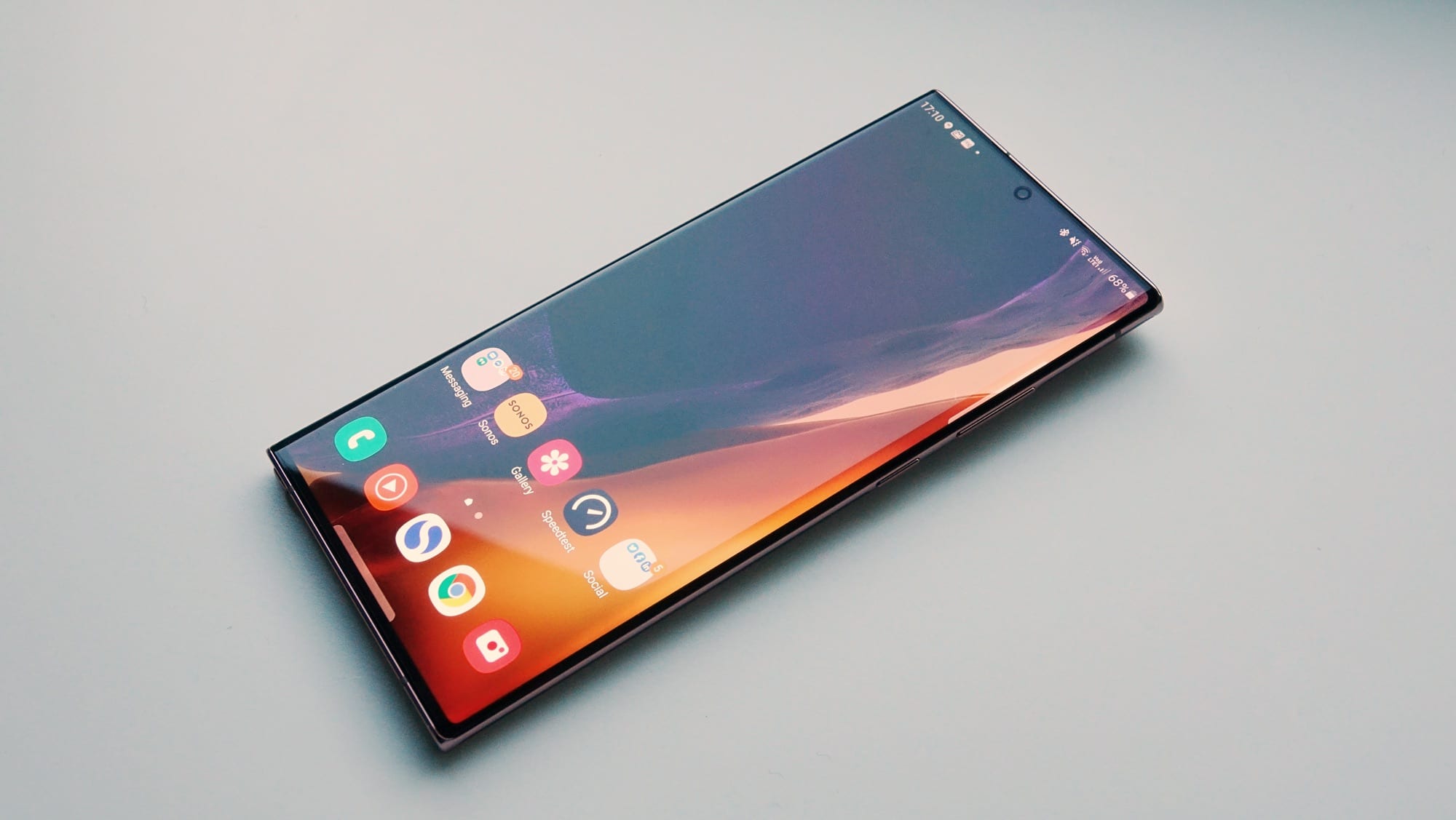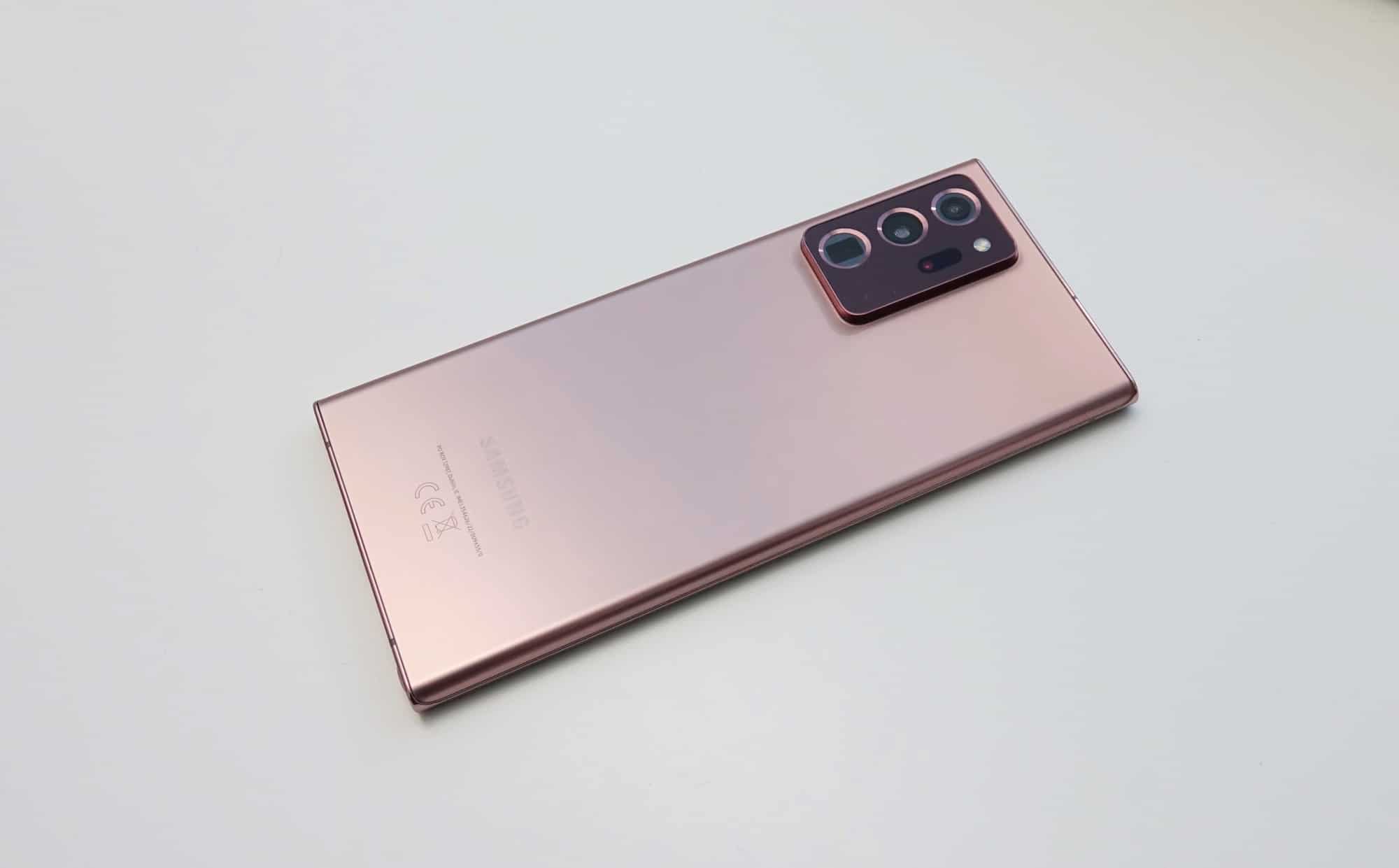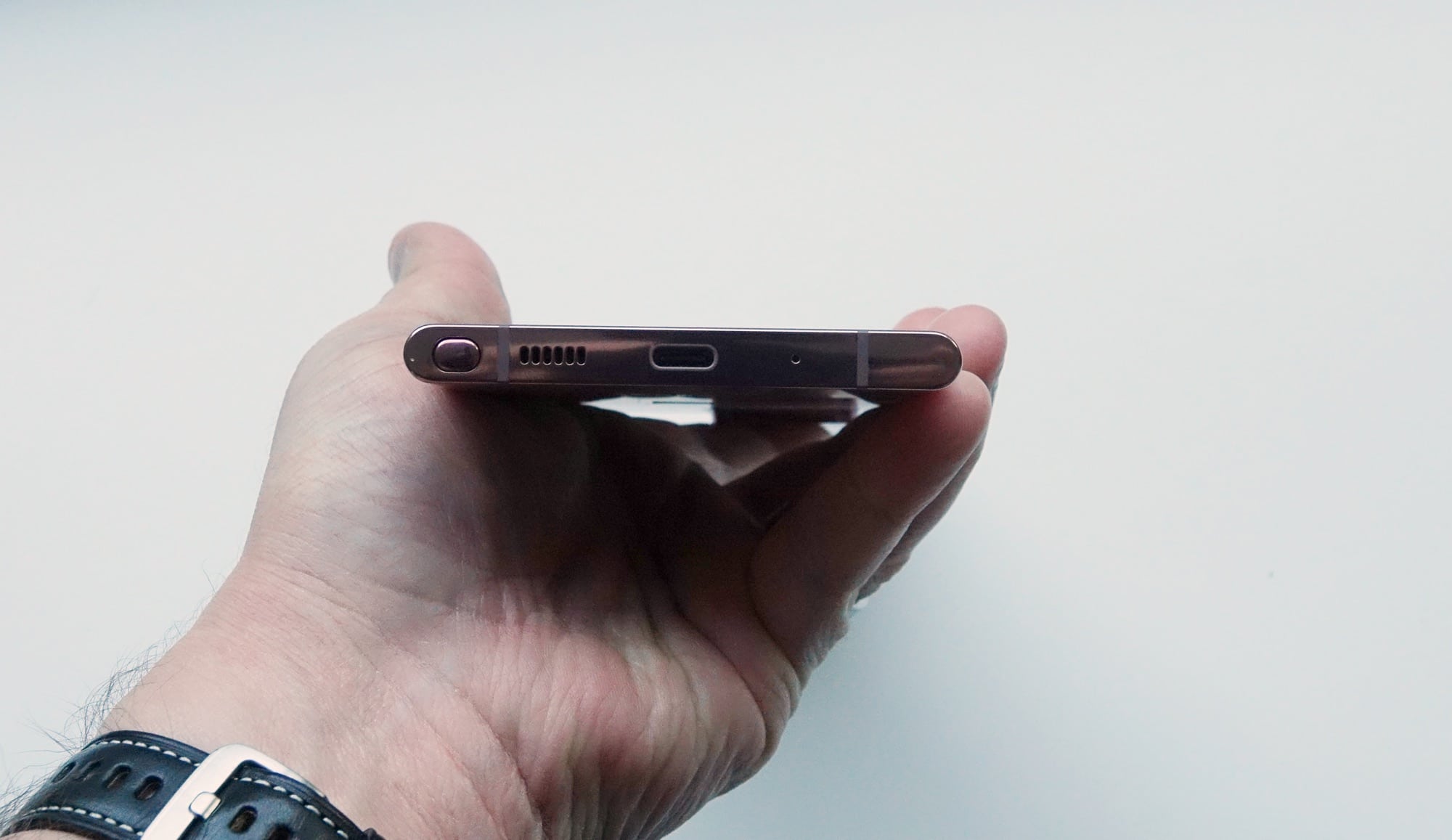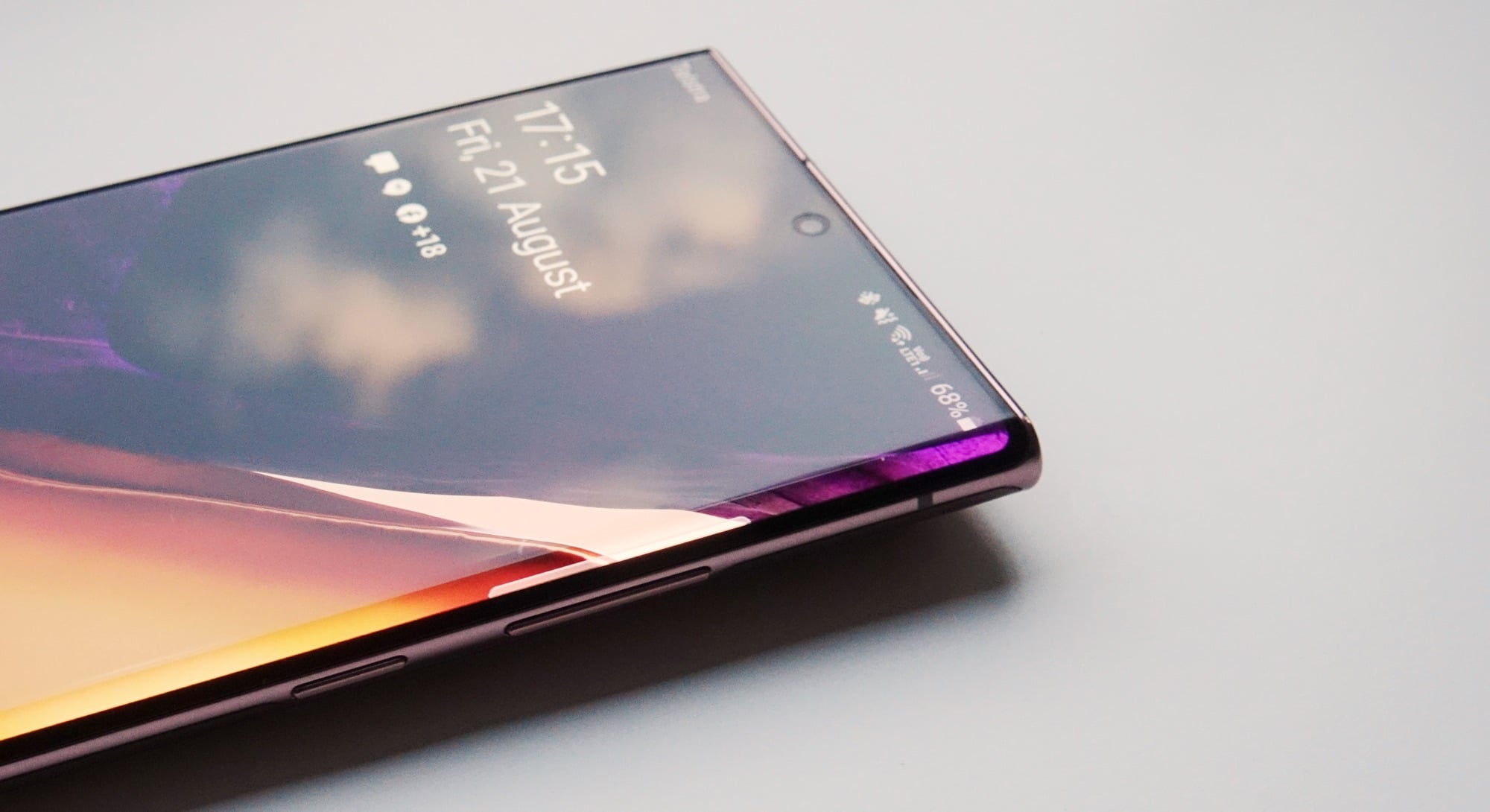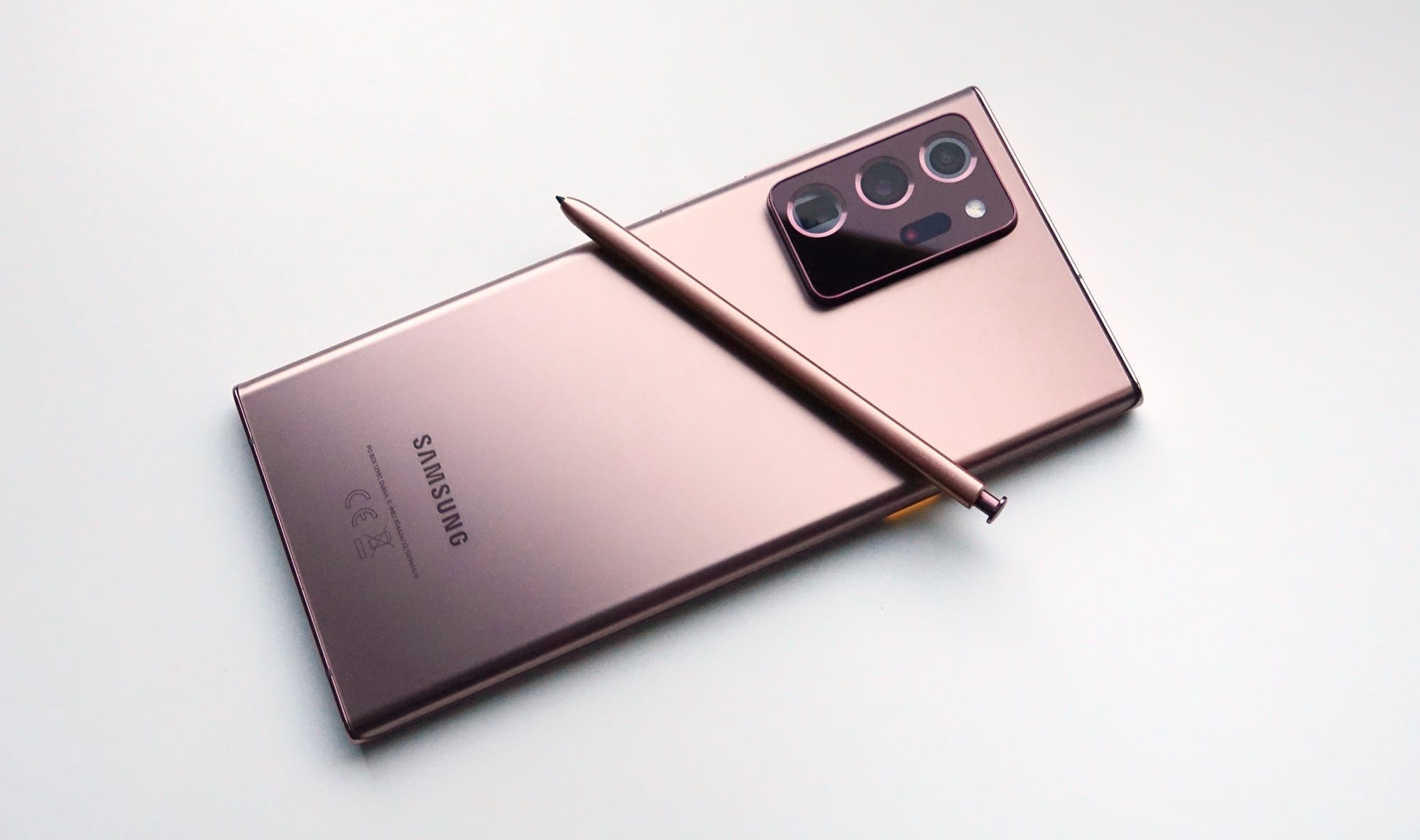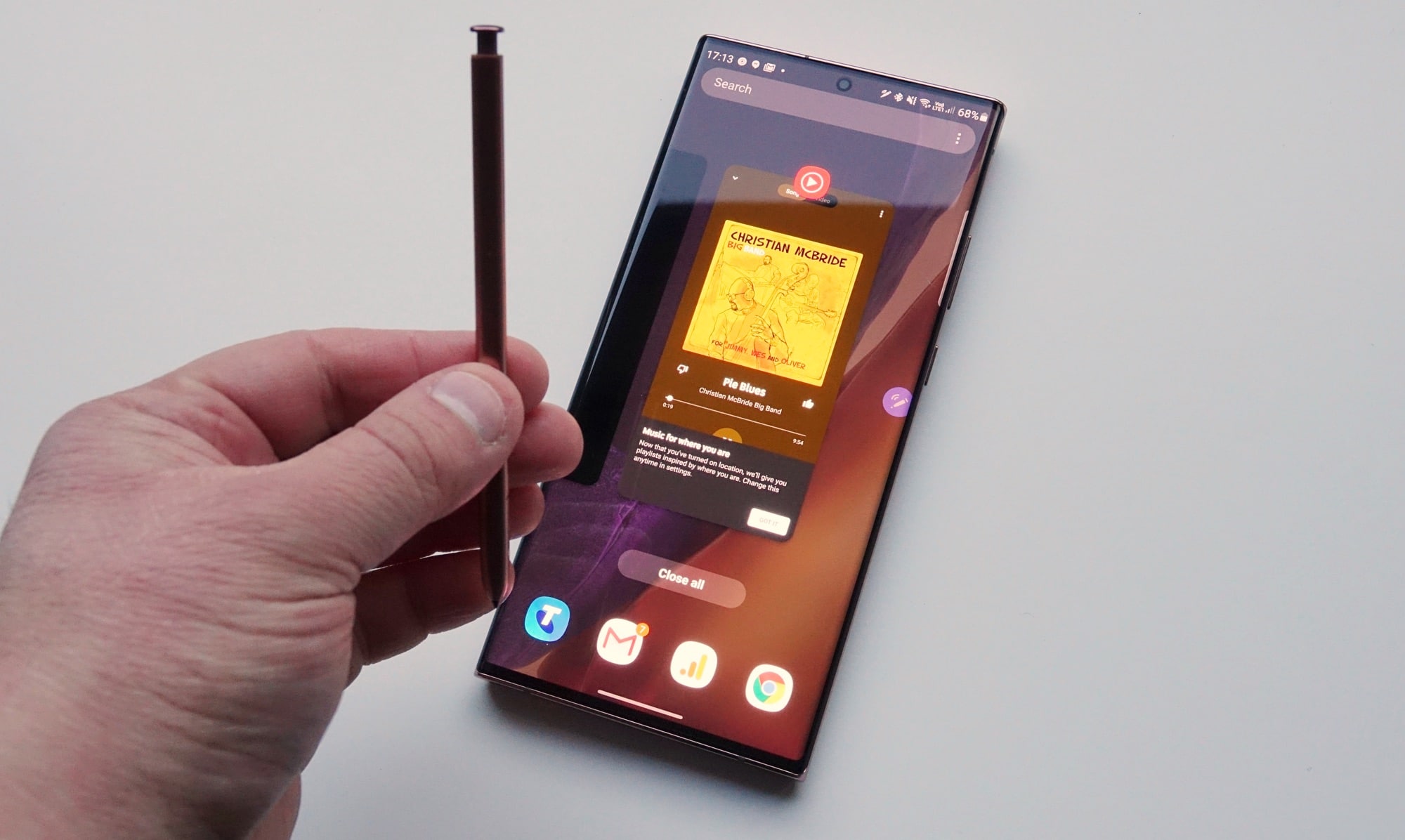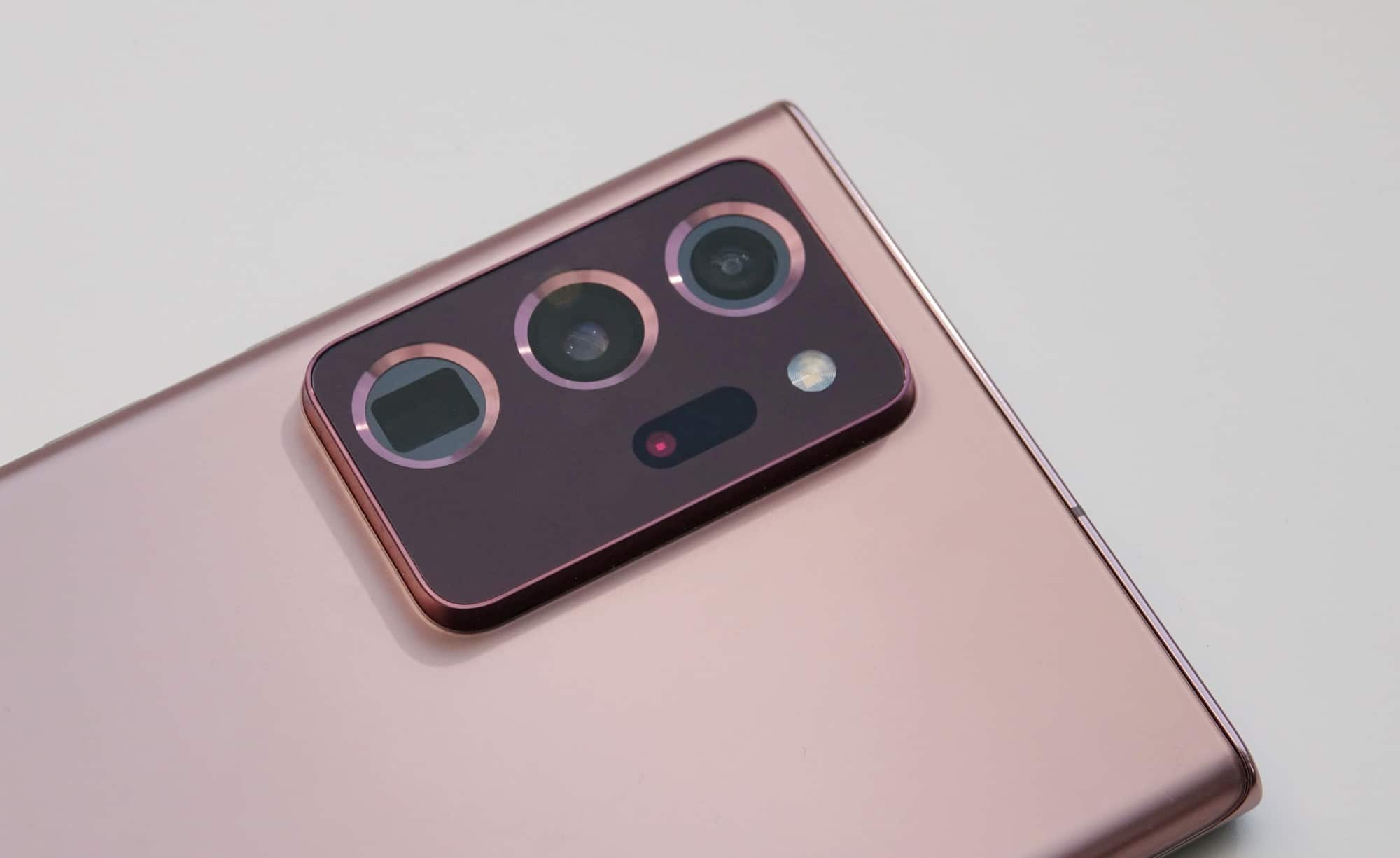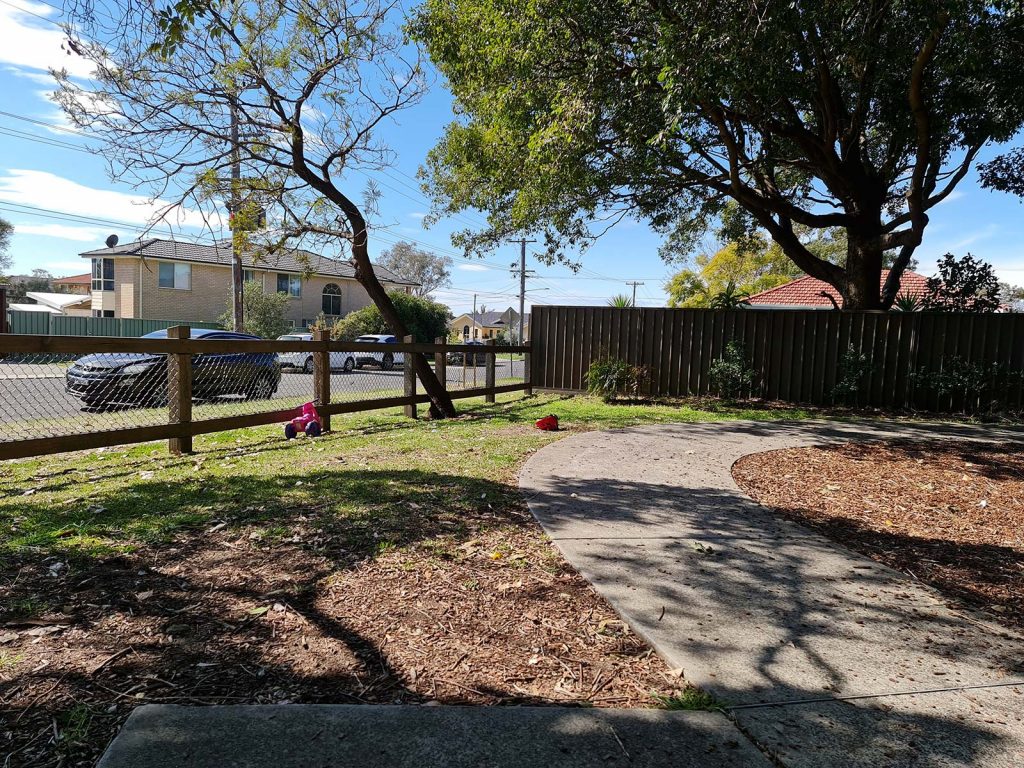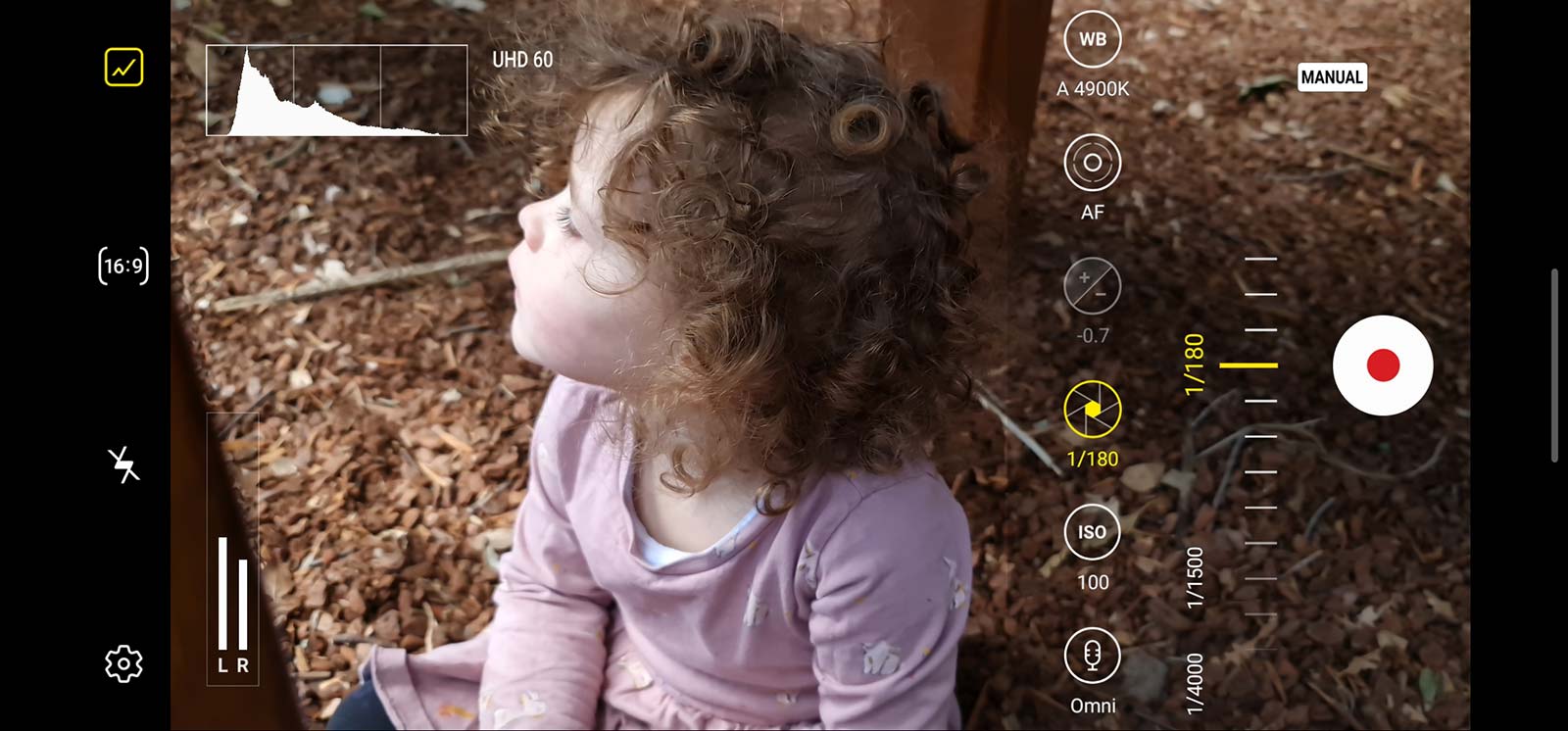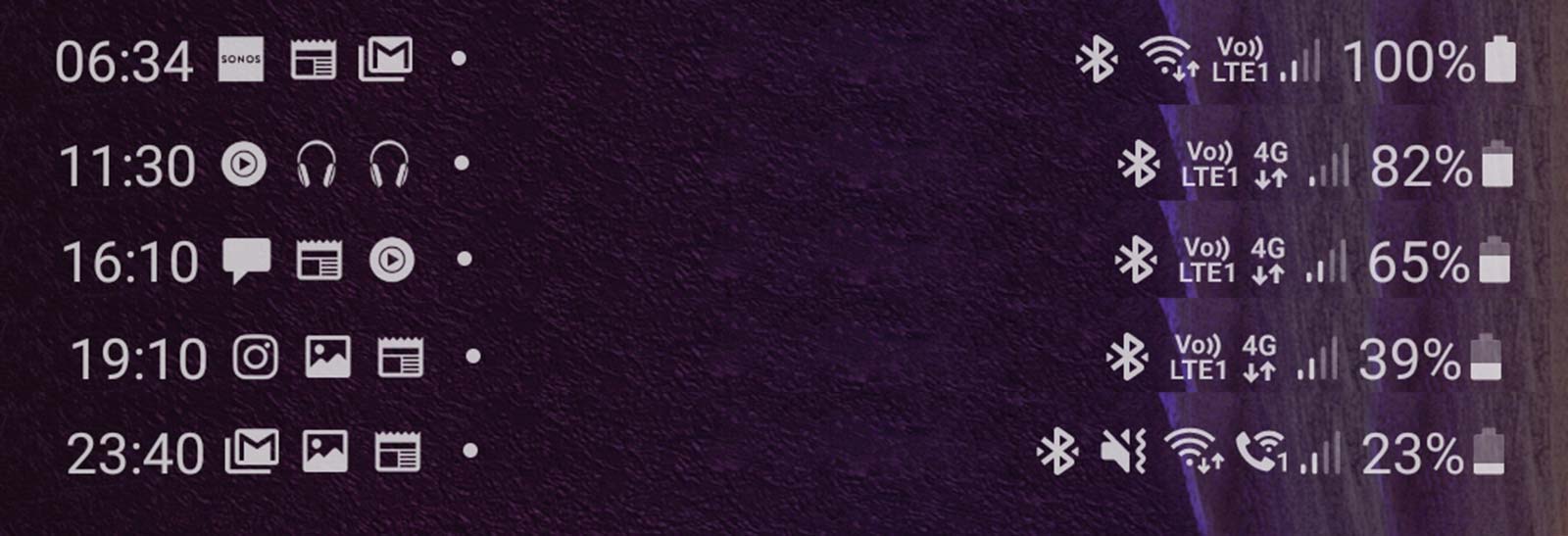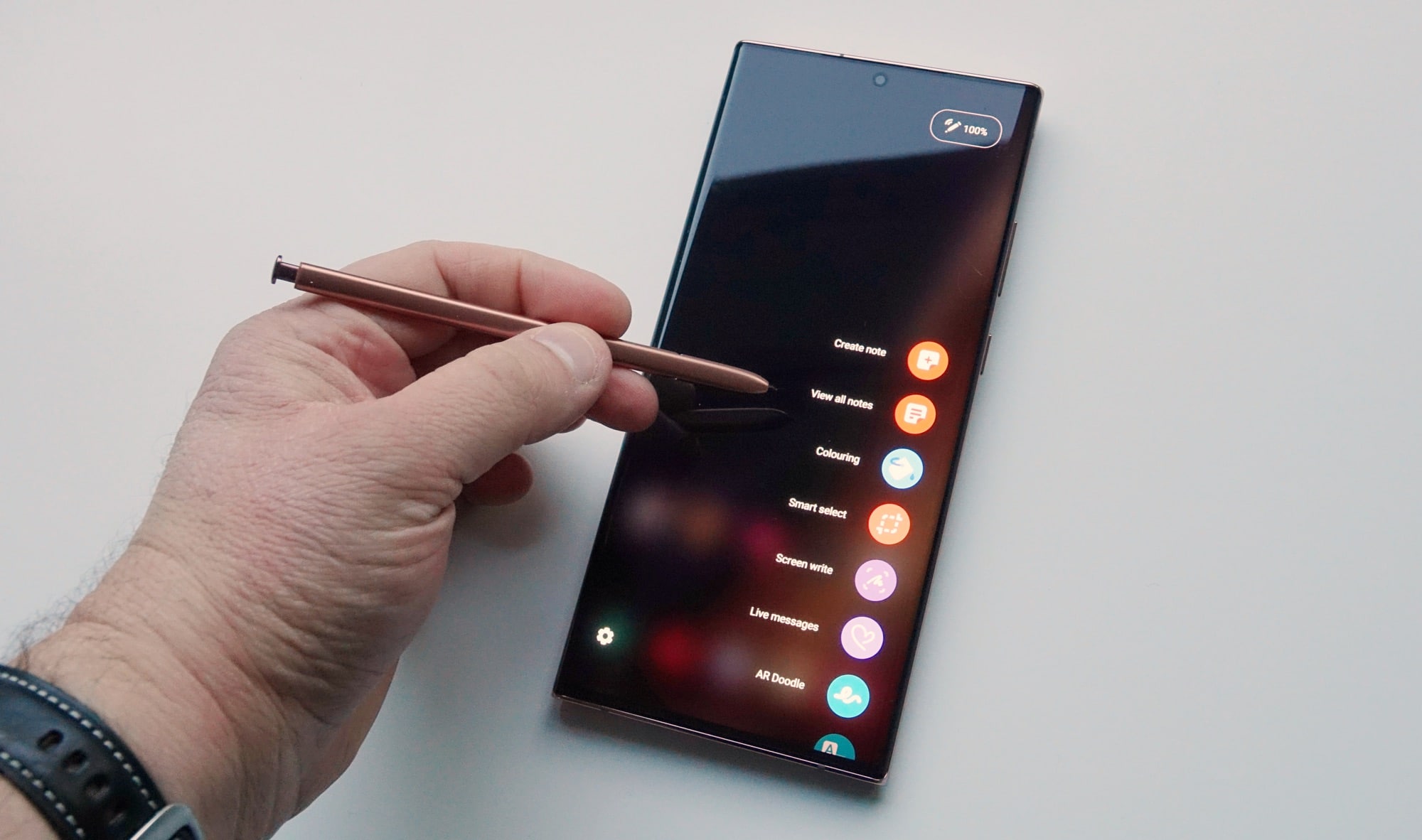Quick review
The good
The not-so-good
Samsung’s latest big phone is all about the big features underneath a big 6.9 inch screen. Is the Galaxy Note 20 Ultra the phone to beat in 2020?
Big phones are all the rage, and for many, the bigger the better. But while big phones are typically a big screen on top of a big battery, some big phones are more then the sum of their parts, and feature packed to deliver.
That’s one way you might describe the Samsung Galaxy Note range, an assortment of phones that practically cemented the idea of a big phone that could do double duty as a tablet, and that revived the idea of the stylus for a modern world.
It’s worth noting that not everyone thought a big phone would sell. Steve Jobs famously noted that “no one’s going to going to buy” a big phone in 2010, and here we are ten years later with plenty of people happy to buy a big phone, one that you might well have issues wrapping one hand around.
Times change, and people’s needs for a phone change with them. The Galaxy Note has long been one of those game changers in phones, re-introducing the stylus to turn the phone into a note-taking tool for business, a scribbler for people who love to draw and jot, and a remote for folks who want to control it like a remote for a computer. It’s been a series filled with ideas that have gone on to change Samsung’s phones, and is where the edge screen first popped up (Galaxy Note Edge) and where even a batch of problems with the Galaxy Note 7 eventually paved the way for Samsung’s improved battery testing program, because no one wants bad PR.
The Galaxy Note range has kind of been a bit of an imaginative delivery for Samsung’s yearly batch of phones, and tends to correct any issues flagged with the earlier Galaxy S releases. It’s yet one more reason why there’s often excitement around the Galaxy Note models this time of the year.
So with the new Galaxy Note 20 Ultra coming out, what has Samsung added, what has Samsung changed, and is the new Note 20 Ultra worth your time and money?
Design
First up, let’s talk design, because that’s a pretty big part of what makes the Note 20 Ultra stand out, and where Samsung’s attention to industrial design is really paying off.
Technically, the body can feel very similar to the Galaxy S20 Ultra we saw earlier in the year, and that’s largely because it feels like Samsung is reusing elements. The hardware is similar, the cameras are similar, and the screen is a similar size, so we’re expecting some pretty similar approaches to design.
As such, the overall size is similar between the units, but the design still feels different. Samsung is going for a more curved and rounded approach to the edges, joining a metal and glass body together at the edges where they almost squeeze into the softened circular sides, complete with a matte rear element still covered in glass that is more resistant to fingerprints than Samsung’s S20 range.
The Galaxy Note 20 Ultra is a good looking phone. The Galaxy Note 20 Ultra is a great looking phone. In fact, the more we held and used this phone, the more we loved the design.
Except for one thing: the camera bump. This aspect of the design doesn’t feel as well thought out, because it’s huge, like a block that extrudes from the back element or was stuck on with a deep ridge, almost as if the developers couldn’t work out how to throw it in there, and so just stuck it on as an extra.
“There, it’s done,” we can imagine the designers saying. “People will just use a case to balance it all out,” they’d have said. They’re probably right, though it doesn’t change the fact that the camera bump could have been smoothed out a little, and worked on to be as nice as the rest of the design.
Features
Fortunately, there’s more going on in that camera bump, and indeed the rest of the phone.
Weighing 208 grams and measuring 8.1mm thick, the Samsung Galaxy Note 20 Ultra is a lot of phone, throwing in quite a bit under that 6.9 inch display.
Australians will find a Samsung Exynos 990 eight-core chip in their models, different from the Snapdragon found in the US, paired with either 8GB RAM if you opt for the 4G model or 12GB if you go for the 5G model (we reviewed the Galaxy Note 20 Ultra 5G).
Storage is set to either 256GB or 512GB, and there is a microSD slot if you need more room to move, something the smaller Note 20 doesn’t have.
Google’s Android 10 makes an appearance on this phone out of the box, complete with Samsung’s One UI overlay, and it joins what is a typically wide assortment of connectivity
options, at least in the wireless world. You’ll find 802.11a/b/g/n/ac/ax WiFi 6, Bluetooth 5, GPS, and either 4G or 5G (though 5G supports 4G, too), plus mobile payment is handled over Near-Field Communication (NFC) for Google Pay and Samsung Pay, and Magnetic Stripe Technology (MST) for Samsung Pay.
Wired connections go through just the one port — the Type C port at the bottom of the phone — which is used for data, charging, and wired headphones if you want to use those, plus wireless charging is also built into the design, using the Qi wireless charging standard.
The cameras can be found in the notable camera bump in the top left at the back, and it’s a triple camera setup compared to the four camera setup in the S20 Ultra. As such, there’s a 12 megapixel ultra-wide F2.2 camera up top, a 108 megapixel standard wide-angle camera set to F1.8 in the middle, and a 12 megapixel 5x telephoto camera set to F3.0 in at the bottom, with a laser autofocus sensor found on the right. Together, this setup provides the Samsung Galaxy Note 20 Ultra a 5x optical zoom and 50x digital “super resolution zoom” for stills. Video capability is fairly extensive, too, and supports 720p HD, Full HD 1080p, 4K Ultra HD, and 8K Ultra HD capture, as well.
That’s all on the back. On the front, you’ll find a 10 megapixel selfie camera set to F2.2, using a small punch-hole design that sits dead centre of the screen.
And that screen is worth talking about, too.
The 6.9 inch AMOLED screen in the Galaxy Note 20 Ultra offers a Quad HD+ resolution of 3088×1440, as well as a 120Hz refresh rate, though typically not at the same time. When 120Hz is switched on, the phone drops back to a Full HD+ resolution of 2316×1080. However when the Quad HD+ resolution is on, the panel is capable of showing 496 pixels per inch (ppi).
This sits atop a 4500mAh battery, with the phone holding (and charging) the S-Pen, and the whole device being IP68 water resistant.
In-use
Easily one of the year’s biggest phones comes at a slight cost of usability, because you’re probably going to need two hands to operate the Galaxy Note 20 Ultra. We sure did.
Because of that 6.9 inch screen, you invariably need one hand to hold it, and the other hand to touch and prod the screen, whether it’s with your finger or with your pen. Make no mistake, this isn’t a one-handed phone, even if you have large hands.
At least Samsung has helped deal with the security side of things, because once your face and fingerprint are in the system, unlocking doesn’t take long, and it does feel like both the in-screen fingerprint reader and facial lock are working together quite well. While they both can have a hiccup or two, we found that they performed admirably most of the time.
Granted, they can’t get around the sheer magnitude of that screen size, because it is huge. Getting your hands around the 6.9 inch screen of the Galaxy Note 20 Ultra isn’t overly difficult, but using it with one hand sure is.
Android is also fairly easy to work with, and thanks to all that development into the “One UI” concept, Samsung has one of the nicest versions of Android, next to Google’s own, which appears on the Pixel devices and devices in the Android One program.
Performance
Armed with Samsung’s Exynos 990 and a crazy 12GB RAM, the Galaxy Note 20 Ultra handles pretty much anything and everything you throw at it.
- Want to play games? Done, fine, do it.
- How about loading plenty of apps? Sorted.
- Thinking of downloading media at high speeds? You got it, champ.
This thing is fast, no doubt about it, and if you opt for the 5G version, you’ll also see some high speeds, provided you’re in reach of a 5G service. That one might take some time, but we’ll definitely argue that the performance of the Galaxy Note 20 Ultra is seriously up there. No arguments from us.
Screen
Samsung’s screen is also a clear winner, and we highlight both of those words intentionally.
While 6.9 inches is huge, and not far from the 7 inch size that used to be the minimum for classification for tablets, it’s a winner that happens to be just crystal clear for everything. It’s lovely to look at, takes up most of the physical size, and offers that 120Hz screen refresh rate, which like its S20 Ultra sibling, just helps make animations more fluid, among other things.
Marry that with the curved screen, and you have a recipe for screen success. Samsung’s research into curved screens over the past six years has truly paid off in the Galaxy Note 20 Ultra, and now the screen feels like it bleeds into your hands with no edges, and very little issue when you touch those edges with your fingers.
Rather, the errors of touching the screen tend to pop up at the bottom as you type, so just be aware of that if you hold the phone with two hands to type with those thumbs. Maybe switch to the S-Pen.
Stylus: the S-Pen
Speaking of which, the stylus is also worth talking about, not just because it has one, but because it’s a key feature in the Galaxy Note range.
Also known as the S-Pen, it’s one aspect of the Galaxy Note 20 Ultra that doesn’t feel like it has seen a huge change, beyond a couple of additions working with the display technology and gestures.
Together with that 120Hz screen technology, writing with the S-Pen on the surface of the Note 20 Ultra feels better. Your scribbles and jots are now much more fluid and definitely immediate, and the whole process of writing now properly resembles what pens do: release a flow of ink, albeit digital, on the page when you need it. Using the S-Pen with the Note 20 Ultra is more like using a pen in real life, except the paper is shiny. There’s even a colouring book app built into Samsung’s Pen-Up app.
The other addition to the Note 20’s S-Pen is gestures to control apps, allowing you to hold the button down on the S-Pen and flick it various ways to turn the volume up, to turn it down, to pause and play and jump across apps. And while it’s a neat idea, it also can feel very silly. Frankly, we’ll be surprised if anyone chooses to use the S-Pen’s gestures over, you know, the buttons or on-screen controls. They’re quicker, too.
Camera
Next up is the camera, and it’s a pretty enticing set of features, though it is in one hefty camera bump.
Like the Galaxy S20 Ultra from earlier in the year, you’ll find a meaty 108 megapixel main camera paired with an ultra-wide and a telephoto camera. Unlike the S20 Ultra, Samsung has changed the specs on at least one of those. Rather than have a 48 megapixel telephoto camera, the Note 20 Ultra uses a 12 megapixel optical zoom, a camera that offers 5x optical on top of the 1x of the 108 megapixel and 0.5x for the ultra-wide.
It’s a system, but it might not be as versatile as what Samsung delivered in the S20 Ultra earlier in the year. That’s not to say the Note 20 Ultra isn’t versatile, just not as versatile, at least on paper.
In practice, the Note 20 Ultra’s camera system is capable of netting some decent pictures, complete with refinements to the interface that let you re-order the modes yourself, as it was on the S20 series earlier.
Whether day or night, you should find some decent images can be had from the camera, though the 108 megapixel camera is easily the star here. The 12 megapixel 5x optical handles itself well enough, as does the Live Focus mode, which is basically Samsung’s way of saying “portrait mode” without actually admitting it.
Low-light is also more than acceptable here for many shots, though you may want to expect a bit of blur. We found the Note 20 Ultra defaulted to the image stacking “Night Mode” for most of the shots in the dark, which produces nice images, but images that aren’t exactly indicative of the scene, more just stacked images together. Not bad, but not always what you want.
Admittedly, the part of the Note 20 Ultra camera that grabbed us most was something new: the pro video mode, which now includes a histogram and audio levels. This is basically Samsung’s attempt at making its phones more like professional cameras, now that people are using phones as video cameras.
The pro video mode did exist in the S20 Ultra, but not in the same capacity with the histogram or audio levels, and not with the same breadth of 8K Ultra HD capture. However recording in 8K can feel a touch soft, limiting its use just a little. We found the video modes performed best on that rear camera in Full HD and 4K Ultra HD, while the 10 megapixel selfie camera up front can handle 4K and Full HD, yet performs best in Full HD (4K looks soft).
All up, we suspect most people will be happy with what the Galaxy Note 20 Ultra’s camera can do, but it does feel like Samsung’s earlier phones did some things better, as have other phones last year. That’s a bit of a hit and miss for us, I’m afraid.
Battery
Alongside a camera that is somewhat hit and miss, is a battery that feels like it was made for even footing.
Armed with a 4500mAh battery, the Galaxy Note 20 Ultra should feel at the top of its game. Should being the operative word here.
It’s not.
Throughout our testing with the phone, we found that if you leave both 5G and the 120Hz screen on, the phone runs out of charge closer to the 20 hour mark, making it a day phone, but not much more.
You can wrench a little more life from the Note 20 Ultra provided you cut back on those cool features, switching off the high-speed 5G access and bringing the 120Hz screen back to a 60Hz model, which in turn makes us question: what exactly is the point?
If you don’t mind switching back to the 60Hz screen — the same speed as pretty much every other phone out on the market — you’ll find over 24 hours is possible, bringing it closer to 30 before the charger needs to come out.
That’s a runtime more what we expected, but you’ll only get that if you turn off the few special features the Galaxy Note 20 Ultra is charging for, which itself is a bit of a shame.
Value
Because with an $1849 starting price, the Note 20 Ultra makes you wonder why you need to turn off so many features to get a near-$2K phone performing just as well as phones that hit well below that.
And that $1849 price is for the 4G variant of the Note 20 Ultra. We’re reviewing the 5G Note 20 Ultra, which itself starts at a little more: $1999. Essentially, this is a two thousand dollar phone, and we’re not quite sure it’s worth the asking price. While the hardware is definitely up there, the battery life, camera hiccups, and lack of imagination make us wonder whether Samsung could have done more.
What needs work?
That issue is what leads the problems with the Galaxy Note 20 Ultra, as it’s a phone that entirely lacks imagination, and feels more like Samsung just decided to take the capitalist approach of copying what it already had in the S20 Ultra, and adding a pen. Much like giving a Malibu Stacy a new hat, Samsung gave the S20 the S-Pen and a faster screen.
It’s hardly a way to go for an upgrade path, especially for such a seminal phone range as the Galaxy Note range.
And it’s not all that’s flawed on the Note 20 Ultra, a phone which suffers from similar issues to the cousin its design aspirations appear to have come from.
One issue is the size: good lord, this thing is huge. We’re zero-point-one of an inch smaller than the 7 inch size tablets used to be, and a 6.9 inch phone is by no means small. This thing is huuuuuuuge, so big that the word “huge” actually needs seven of the letter “u” just so that impact can be felt. It’s not completely uncomfortably huge, but your pants will stretch, and so the Galaxy Note 20 Ultra may force you to buy new pants, which is admittedly an issue, albeit one in the long term.
It’s not just the size of the phone that threatens to break your pants, but the weirdly thick and angular camera bump, which extrudes from the back of the phone in a way that feels unbecoming. While other phone companies seek to keep the camera bump on the thin size, Samsung appears to have maximised it, and it juts out from the design, and not in a way we’re particularly fond of. It’s an approach that can feel a little unbalanced, particularly if you leave your phone laying on its back, which pretty much everyone does.
The camera bump holds cameras that while good also don’t exactly set the bar for image quality and performance, though the 8K is nice. However the 8K can feel a little soft, which in turn feels weird given the footage should be sharp for the 8K TVs coming out.
Softness can be a problem for 4K capture as well, particularly with regards to videos shot with the selfie camera, which tends to only perform well in broad daylight.
There’s even the occasional issue with capture speed, resulting in image blur in scenes where there should be enough light. It’s a similar result to what we experienced in the S20 range earlier in the year.
It’s just kind of staggering to think that Samsung’s best phone for the end of the year feels largely like a slightly modified rehash of a phone that didn’t deliver earlier in the year, either. There’s just nothing remarkably special about the Note 20 Ultra, and the magic is lost here.
Final thoughts (TLDR)
While the Galaxy Note 20 Ultra isn’t a bad phone by any stretch of the imagination, it is lacking that very thing, something the Galaxy Note was once known for. Simply put, Samsung has lost its imagination in the Note range, and while these were once among the most exciting of Samsung’s smartphones, the Galaxy Note 20 Ultra is actually one of the most boring.
Made almost with a cookie cutter from the image of the Galaxy S20 Ultra earlier in the year, the Note 20 Ultra is basically that phone, but with a pen on the side. In fact, a recent update to the Samsung S20 range basically confirms that, now that Samsung is giving the same video features from the Note 20 to the earlier phones.
And what a shame that is.
Samsung’s Galaxy Note range was once the exciting range, the one where Samsung would try unusual things to make its mid-year business-focused phone stand out. It revived the stylus and found a way to take over smaller tablets, practically ringing the death knell for 7 and 8 inch tablets because:
- The Note was big and powerful,
- The Note was still relatively compact, and
- The Note had a pen, and could do all the things other small tablets could do.
This year, it still can. The Galaxy Note is still big, still powerful, and still arrives with a pen you can draw and scribble notes with, but it lacks any of the imagination that made past Note models so exciting, and so interesting.
It is perhaps the greatest crime for this phone series, because alas, the Galaxy Note 20 Ultra is boring. It’s a good phone, but lacks the goods to be a truly great phone. It’s hardly an upgrade path for either Note 9 or Note 10 owners, and while there will be those loyal to the Note range who will happily dive in, they’re in for the rudest shock of all: this isn’t the same magical device their other Note models have been, and that’s a shame.
Essentially, the Galaxy Note 20 Ultra is good, but lacks imagination, and frankly, we want it back. This year more than ever. The Galaxy Note 20 Ultra is a good phone, but for the price, we want it to be better.



